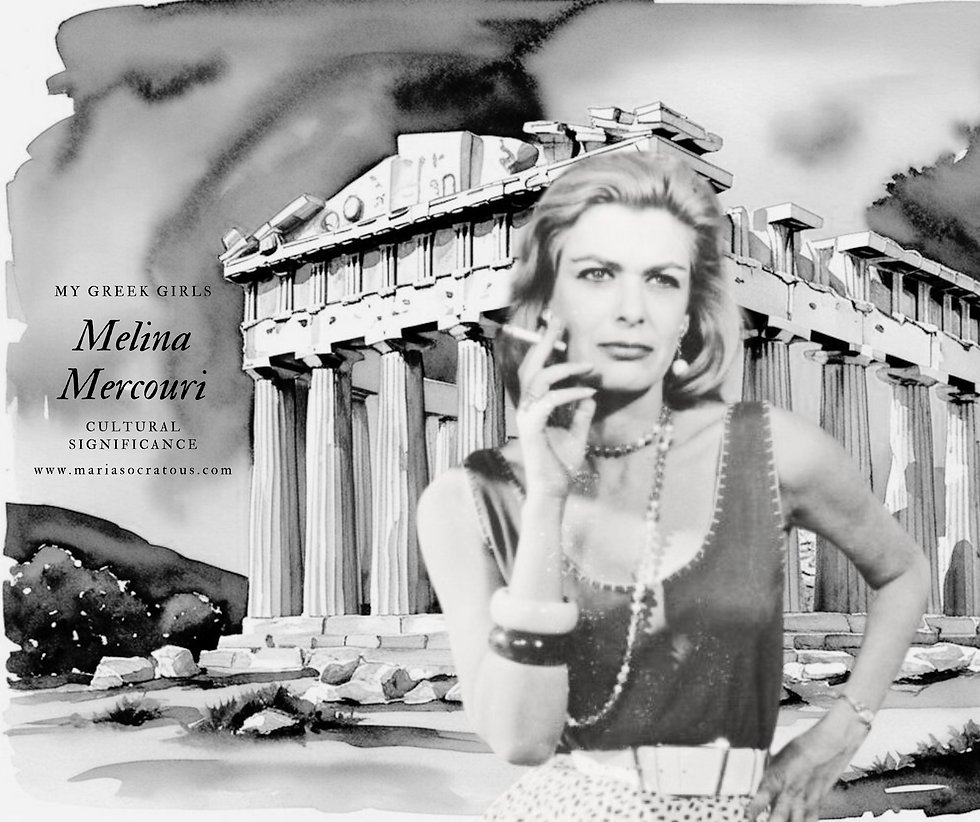My Dyslexia
- Jun 25
- 3 min read
Updated: Jun 29

From my earliest childhood memories, drawing was instinctual. I didn’t know about dyslexia back then I only understood it as a frustrating condition in my thirties. Suddenly, it clicked: That’s why I couldn’t spell, and why everything I did seemed to come out backward. I was a lucky dyslexic, though, able to read early and well. Still, the illogical spelling confusion was incomprehensible, and back then, dyslexia wasn’t widely understood, which made life tough.
But honestly? I didn’t care. I read everything on the bus, on the toilet, in the dark. From cornflakes boxes to toothpaste tubes, Nivea tins to sardine cans, I devoured words. My favorite was a biographical dictionary I read until it split in half sad day! Encyclopedias were my jam, too.
At school, my paintings covered every inch of paper, bursting with color, unlike the other kids’ weird scribbles. Even as a small child, I had a strong sense of color and stubborn opinions. Pink? Ugh, superficial. I loved grays, muddy greens, and olive tones odd for a little girl, I know. I adored the color of pickled Greek olives (still do) and preferred silver over shiny, vulgar gold. Nature’s colors, flowers, and trees? Obsessed. But my pretty dresses had to be toned down to gray or brown. By my teens, my brown lipstick and blusher had my mom saying I looked burnt!
Artists and tutors called me a colorist, though my family jokingly thought I was colorblind - bonkers, right? My ability to draw, paint, and chatter, plus my book-smarts, got me into a good art school with barely any qualifications. But I found it irritating everyone seemed so pretentious. Were they painters or performers? I was into beige and muted tones, probably looking like a snobby girl among posers. I loathed the arty pretense, the downtrodden vibe, and having to admire giant canvases with random blobs or slashes. Awful.
I hid my intolerance for that “arty” nonsense. Beauty, which I loved, was derided in the art world back then, so I pushed that part of my life aside. Then I married an engineer who, to my dismay, thought my hidden paintings were marvelous. An engineer understanding art? We argued constantly about my painting, stirring up memories I wanted buried.
Deep down, I wanted to be a historian. I loved history obsessively but struggled with dyslexia -spelling names, mixing up dates, and writing issues made studying impossible. Without qualifications, no university would take me. So, I retreated into my world, my bedroom shrinking under piles of books climbing the walls. I stayed quiet about my passions and writing struggles for what felt like a century.
Then, the computer arrived. Word processors, spell-check, and grammar tools were my fairy godmothers, banishing my dyslexia nightmares. In my fifties, I earned a degree in Art History, combining my love for paintings, color, and history. I excelled, except when faced with an essay about a blank canvas painted red. My tutor gave me two chances to rewrite it, but I had nothing meaningful to say about those “wondrous” blobs. I made it all up, and she gave me the lowest pass because my nonsense was written so beautifully she couldn’t fail me!
Years later, dyslexic me wrote a book, My Greek Girls, about Greek women, my Greek experiences, and my feminist streak, spiced with life lessons. I even painted the cover. Isn’t life funny?
Buy My Greek Girls here



Comments